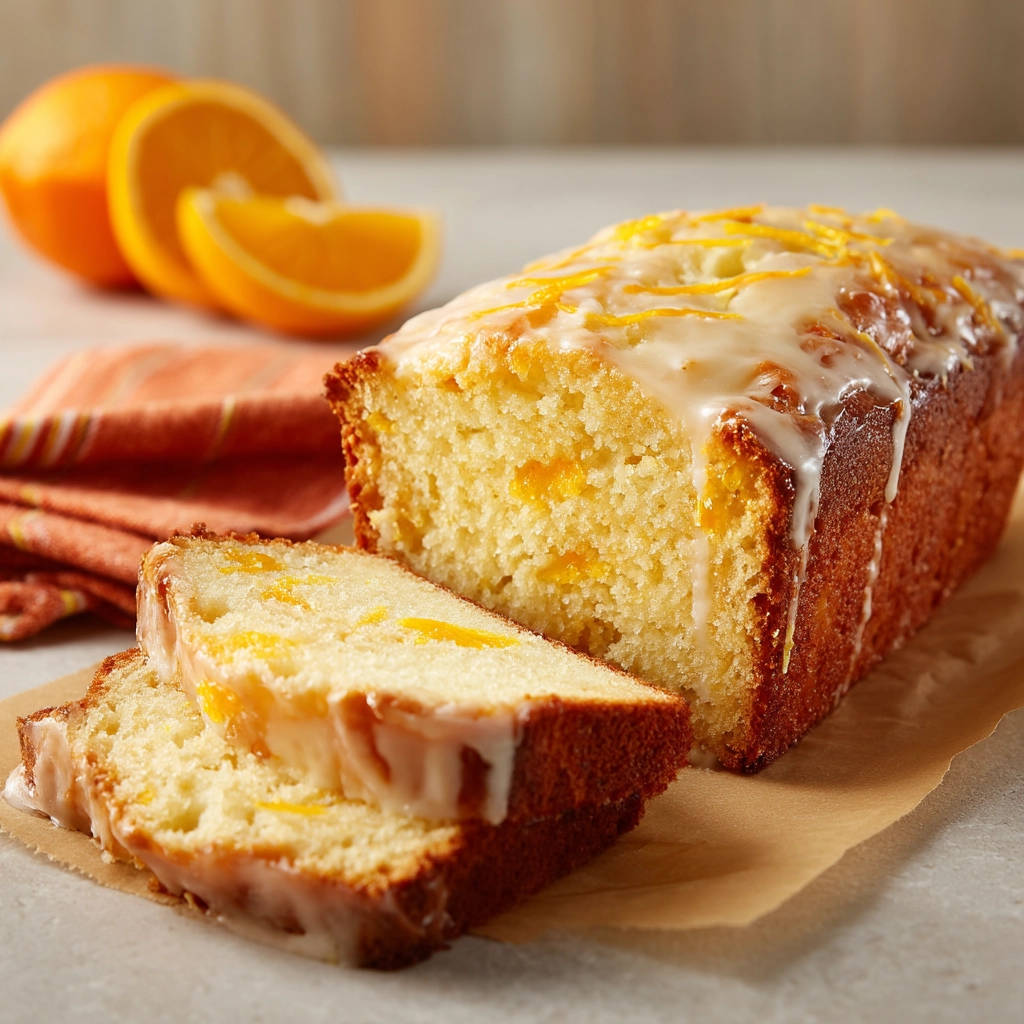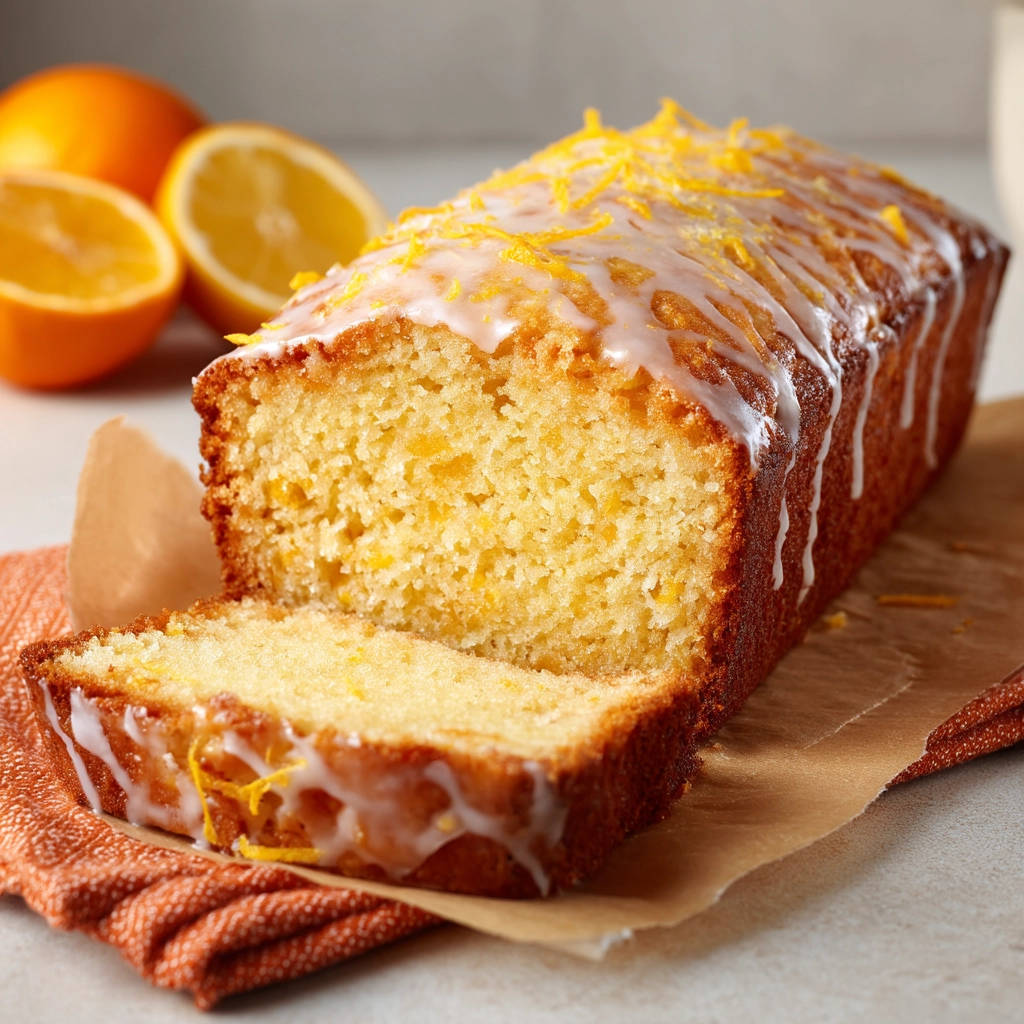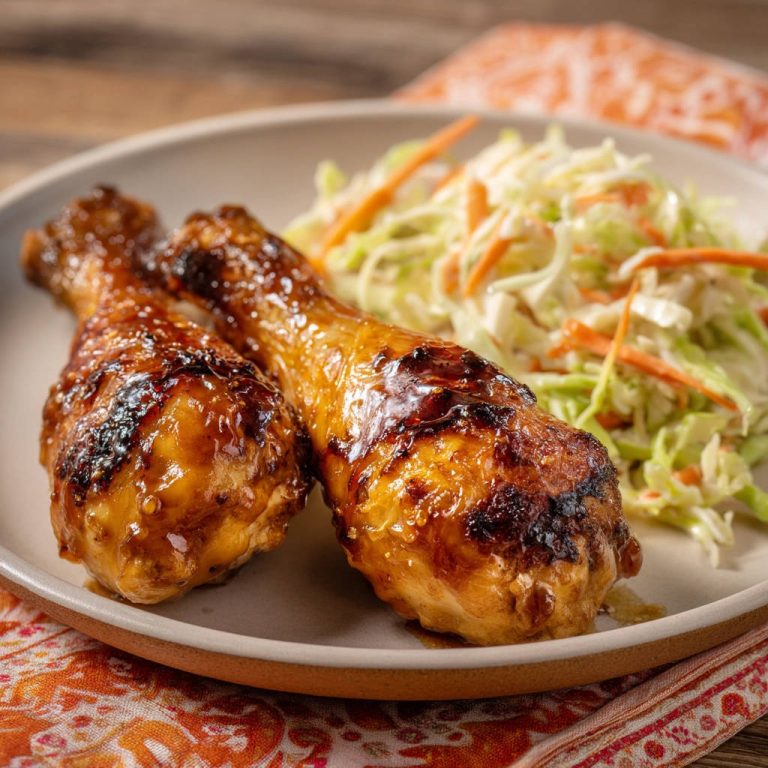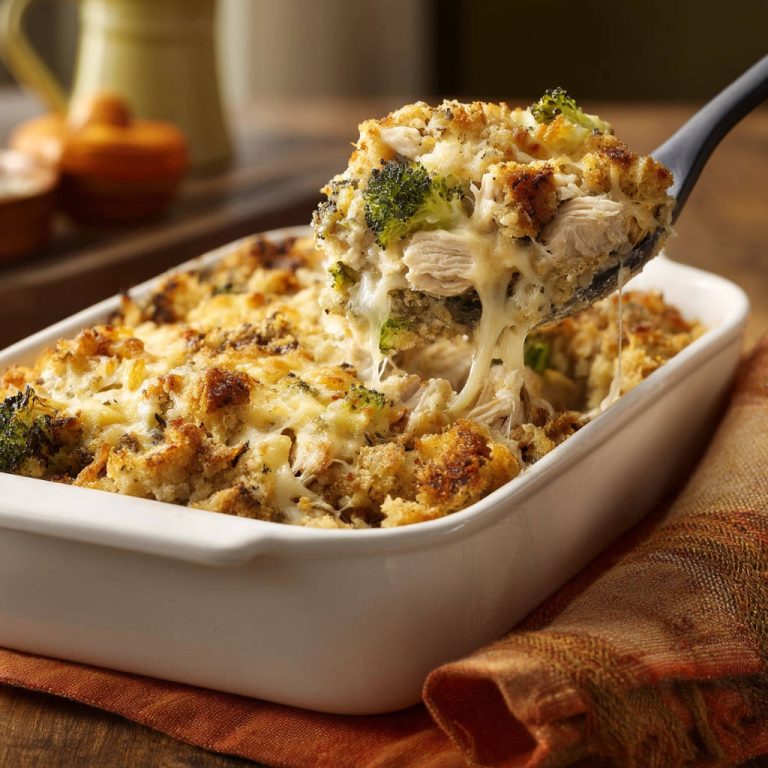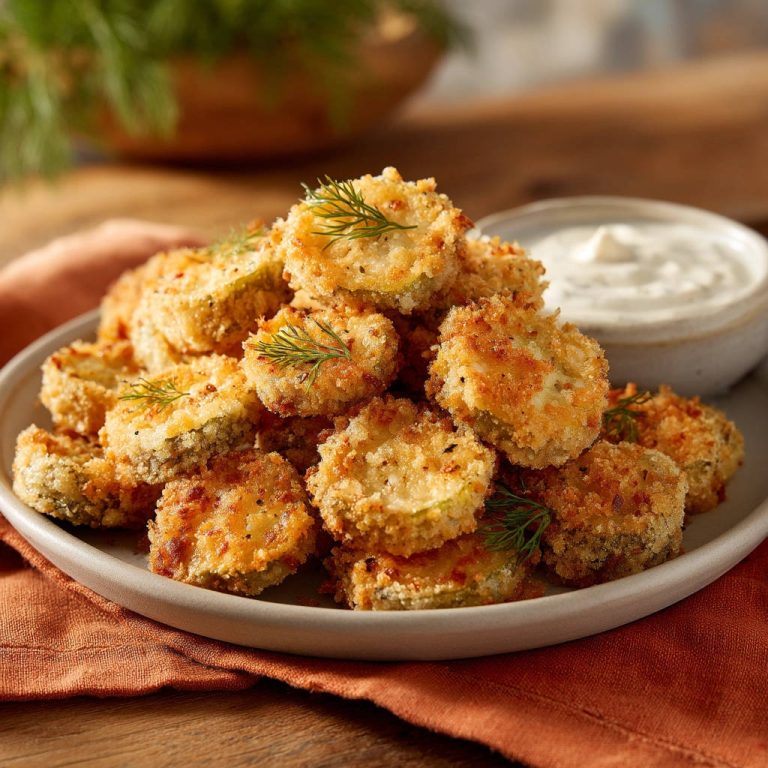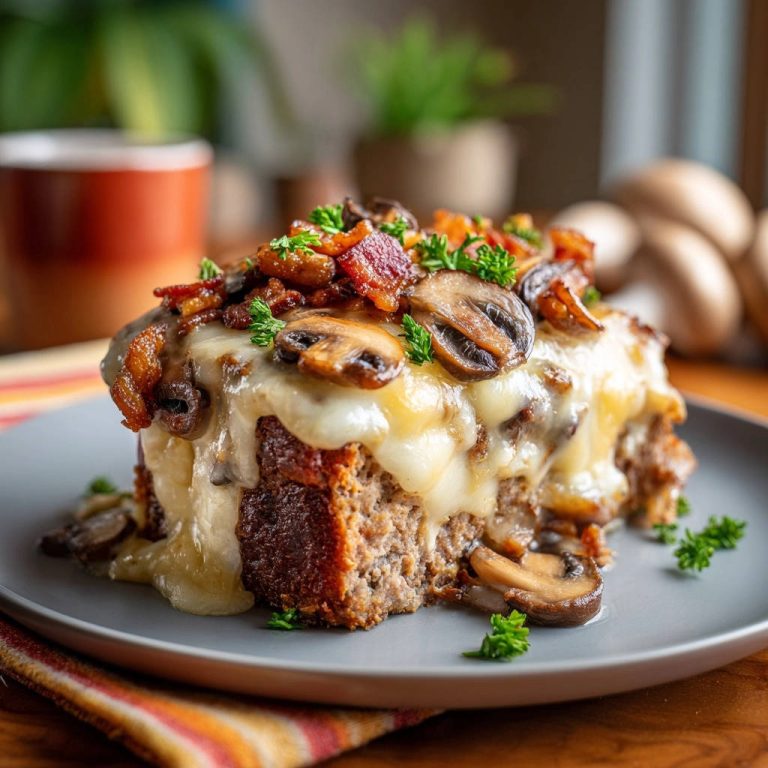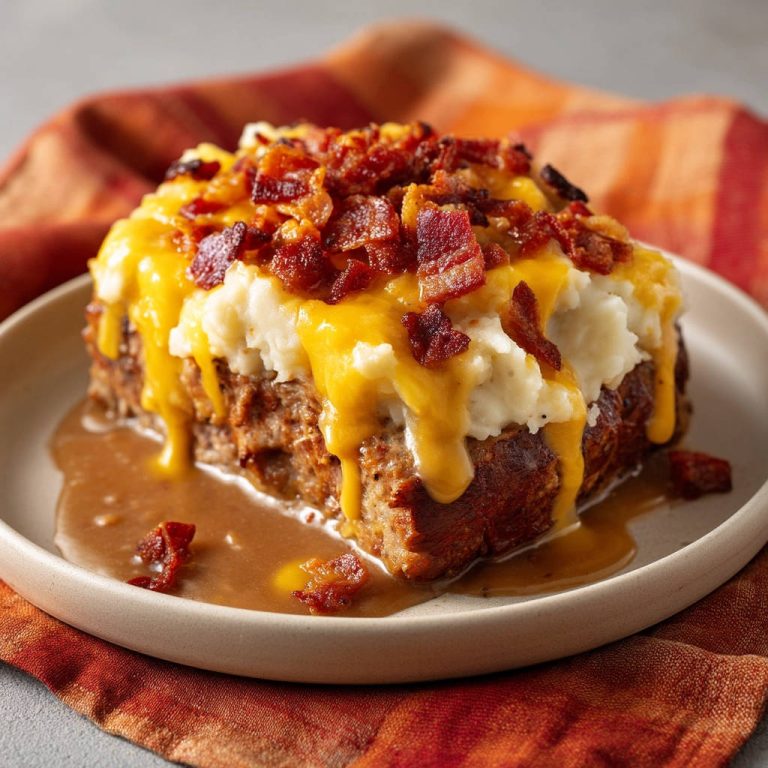Oh, the simple joy of a slice of homemade loaf cake! Especially one bursting with bright, sunny citrus flavor. For years, I struggled with making a truly perfect lemon glazed loaf or, in this case, an orange glazed loaf. My attempts often ended up a little… well, dense. Edible, yes, but not that light, tender crumb you dream of.
It was frustrating! How could something seemingly so simple be so tricky? I tried different recipes, adjusted baking times, but that heavy texture persisted. Then, I learned the ‘secret’ – it’s less of a secret and more about understanding a fundamental baking technique. Mastering this one step transformed my baking, and now I consistently achieve that coveted moist and fluffy result.
If you’ve ever experienced the disappointment of a dense orange loaf, you’re in the right place. This recipe, with its simple yet crucial technique, guarantees a light texture paired with intense orange flavor and a sweet, tangy glaze. Get ready to bake the best orange loaf you’ve ever had!
Why You’ll Absolutely Adore This Orange Loaf
This isn’t just another loaf cake recipe; it’s a game-changer for anyone who loves citrusy baked goods but has been let down by heavy results. Here’s why this particular orange loaf will become your go-to:
- Incredibly Moist Texture: The specific mixing method keeps the crumb wonderfully tender and light.
- Bright, Zesty Flavor: We use both orange juice and zest to ensure that vibrant orange taste shines through.
- Simple Ingredients: You likely have most of what you need in your pantry already.
- Perfect Glaze: The simple orange glaze adds just the right touch of sweetness and extra citrus punch.
- Versatile Treat: It’s fantastic for breakfast, brunch, afternoon tea, or dessert.
Gathering Your Ingredients for a Fluffy Orange Glazed Loaf
Creating this delightful loaf cake starts with gathering quality ingredients. Each component plays a role in achieving that perfect balance of flavor and texture. Let’s break down what you’ll need and why these specific elements are key.
The foundation of our fluffy loaf is a careful blend of dry ingredients. All-purpose flour provides structure, while a dynamic duo of baking powder and baking soda works together to create lift, ensuring an airy crumb. Salt is essential for balancing the sweetness and enhancing the overall flavor profile. Make sure these leavening agents are fresh for optimal results!
For richness and moisture, we rely on unsalted butter and granulated sugar. Creaming these together properly is a crucial step in building structure and incorporating air into the batter. Using softened butter is non-negotiable here – cold butter won’t cream properly, and melted butter changes the texture entirely. Large eggs, used at room temperature, bind everything together and add to the richness and rise.
The signature citrus burst comes from fresh oranges. Room temperature milk (or buttermilk for an even tangier flavor and extra moisture) is combined with the juice of half an orange and the zest of a whole large one. The zest is where most of the potent orange oils reside, delivering that intense aromatic flavor. You even have the option to fold in finely chopped orange segments for pockets of bright, chewy citrus throughout the loaf, adding another layer of texture and flavor.
Finally, the signature glossy finish is a simple glaze made from powdered sugar and orange juice (or milk). The orange juice version intensifies the citrus theme, while milk provides a softer contrast. Whisking these together creates a smooth, pourable topping that sets beautifully as the loaf cools.
- 1 and 3/4 cups all purpose flour
- 1 teaspoon baking powder
- 1/4 teaspoon baking soda
- 1/4 teaspoon salt
- 1/2 cup unsalted butter, softened
- 1 cup granulated sugar
- 2 large eggs, room temperature
- 1/2 cup milk or buttermilk, room temperature
- Juice of 1/2 orange
- Zest of 1 large orange
- 1/4 cup finely chopped orange segments (optional)
- For the Glaze:
- 1 cup powdered sugar
- 2 tablespoons orange juice or milk
Crafting Your Perfect Orange Glazed Loaf: Step-by-Step
Ready to transform simple ingredients into a moist, fluffy masterpiece? Follow these steps carefully, paying special attention to the mixing process – it’s the secret weapon against a dense loaf!
- Preparation is Key: Before you even touch the ingredients, get your oven ready. Preheat it to 350 degrees F (175 C). Preparing your pan is just as important; grease and flour a standard 9×5 inch loaf pan thoroughly. This ensures your beautiful loaf slides out easily after baking.
- Combine the Dry Mix: In a medium-sized bowl, measure out your all-purpose flour, baking powder, baking soda, and salt. Give these dry ingredients a good whisk together. This disperses the leavening agents evenly throughout the flour, which is vital for a uniform rise. Set this bowl aside for a moment.
- Cream the Butter and Sugar: Now, in a larger mixing bowl, you’ll begin the wet ingredients. Add your softened unsalted butter and granulated sugar. Beat these together, preferably with an electric mixer on medium speed, for about 3 minutes. You’re looking for the mixture to become visibly lighter in color and fluffy in texture. This creaming process incorporates air, contributing significantly to the loaf’s final lightness.
- Introduce the Eggs: With the mixer still going (or by hand, ensuring you mix thoroughly), add your room temperature eggs one at a time. Beat well after each addition, making sure the egg is fully incorporated before adding the next. This step helps create a stable emulsion and adds richness.
- Whisk the Citrus-Milk Blend: In a separate, smaller bowl, whisk together your room temperature milk (or buttermilk), the fresh orange juice, and the fragrant orange zest. Having this mixture ready ensures you can add it seamlessly during the alternating additions step. Using room temperature liquids helps them emulsify better with the butter and sugar mixture.
- The MOST Crucial Step: Alternating Additions & Mindful Mixing: This is the technique that prevents dense loaves. Add the dry ingredients (from step 2) to the wet ingredients (from steps 3 & 4) in three alternating additions, starting and ending with the dry.
- Add about one-third of the dry ingredients. Mix on low speed or fold gently with a spatula just until the dry bits are barely incorporated. You’ll still see some flour streaks.
- Next, add half of the citrus-milk mixture (from step 5). Mix on low speed or fold gently just until combined.
- Repeat with the second third of the dry ingredients, mixing until just combined.
- Add the remaining citrus-milk mixture, mixing until just combined.
- Finish with the last third of the dry ingredients. Mix only until no dry flour streaks remain.
The key here is to STOP mixing as soon as the ingredients are incorporated. Overmixing develops gluten in the flour, which is fantastic for chewy bread but terrible for tender loaf cakes – it leads directly to that dreaded dense, tough texture. If you are using them, gently fold in the finely chopped orange segments at this point.
- Transfer to the Pan: Pour the beautifully mixed batter into your prepared 9×5 inch loaf pan. Use a spatula to spread the top evenly. This helps the loaf bake uniformly and rise nicely.
- Bake Until Golden: Place the pan in the preheated oven. Bake for 50 to 60 minutes. The baking time can vary slightly depending on your oven, so start checking around 50 minutes. You’ll know it’s done when a wooden skewer or toothpick inserted into the very center of the loaf comes out clean, with no wet batter attached (a few moist crumbs are okay). If the top begins to brown too much before the center is cooked, loosely tent the pan with foil after about 40 minutes.
- Initial Cooling: Once baked, carefully remove the loaf from the oven. Let it cool in its pan for about 10 minutes on a wire rack. This allows the structure to set slightly before you attempt to move it.
- Complete Cooling & Glaze Prep: After 10 minutes, invert the loaf onto a wire rack and lift the pan off. Let the loaf cool completely before glazing. Glazing a warm loaf will cause the glaze to melt and run off rather than set into a lovely coating. While the loaf cools, whisk together your powdered sugar and 2 tablespoons of orange juice (or milk) in a small bowl. Mix until it’s smooth and has a drizzling consistency. If it’s too thick, add liquid a tiny bit at a time; if too thin, whisk in a little more powdered sugar.
- Glaze Your Masterpiece: Once the loaf is entirely cool to the touch, drizzle the prepared glaze generously over the top. Use a spoon or whisk to guide it. The glaze will firm up as it sits.
- Slice and Savor: Allow the glaze a few minutes to set, then slice your perfectly fluffy, moist, and flavorful orange loaf. Enjoy every bite!
Tips for Perfect Orange Loaf Every Time
Beyond the core recipe, a few extra tips can elevate your baking game and ensure consistently fantastic results:
- Room Temperature Ingredients: I mentioned this in the ingredients section, but it bears repeating! Room temperature butter creams better with sugar, incorporating more air. Room temperature eggs emulsify more smoothly into the batter. Room temperature liquids blend more evenly. Planning ahead makes a big difference in texture.
- Measure Flour Correctly: Don’t scoop flour directly from the bag with your measuring cup – this compacts it, leading to too much flour and a dense loaf. Instead, lightly spoon the flour into your measuring cup and then level it off with a straight edge.
- Don’t Peek Too Early: Resist the urge to open the oven door frequently during baking, especially in the first 30-40 minutes. Sudden temperature drops can cause the loaf to sink in the middle.
- Know Your Oven: Oven temperatures can vary. Using an oven thermometer is a great way to ensure your oven is heating accurately to 350°F (175°C).
- Cool Completely Before Glazing: This is another point worth reiterating. A warm loaf will absorb or melt the glaze, preventing that lovely set finish. Patience is key!
Possible Variations
Feeling adventurous? Here are a couple of ways to change things up (keeping in mind our no-alcohol/no-pork rule):
- Add-ins: Gently fold in 1/2 cup of fresh or frozen (but not thawed) cranberries or 1/4 cup of miniature chocolate chips along with the optional orange segments in Step 6.
- Different Citrus: While this is an orange loaf, you could experiment with lemon (see our Lemon Glazed Loaf for inspiration!), lime, or even grapefruit zest and juice for different flavor profiles. Just be mindful that some citrus can be more acidic and might slightly affect the rise.
- Spiced Loaf: Add 1/2 teaspoon of ground cinnamon or ginger to the dry ingredients for a touch of warmth.
What to Serve With Your Orange Glazed Loaf
This loaf is absolutely delicious on its own, but here are a few ideas for serving it:
- Classic Pairing: Enjoy a slice with your morning coffee or a cup of tea. Perhaps even alongside a Homemade Pumpkin Spice Latte for a seasonal twist!
- Breakfast Treat: Serve alongside fresh fruit or a simple yogurt.
- Dessert: Enjoy a slightly larger slice with a scoop of vanilla ice cream or a dollop of whipped cream.
- Brunch Star: It makes a beautiful addition to a brunch spread. Consider pairing it with a savory item like Cheesy Baked Egg Frittata for a balanced meal.
Your Orange Glazed Loaf Questions Answered (FAQ)
Let’s tackle some common questions you might have when baking this delicious loaf.
Can I use bottled orange juice?
While fresh orange juice is highly recommended for the brightest, most authentic flavor, you can use bottled juice in a pinch. Just make sure it’s 100% orange juice with no added sugar or preservatives if possible.
Why do my eggs and milk need to be room temperature?
Room temperature ingredients emulsify much better than cold ones. This means they combine more smoothly with the other ingredients, creating a more uniform batter. A uniform batter leads to a finer, more tender crumb and helps prevent that dreaded dense texture.
Can I use whole wheat flour?
Substituting whole wheat flour for all-purpose flour will result in a denser loaf with a different texture and flavor profile. If you want to experiment, start by replacing only a small portion (like 1/4 to 1/2 cup) of the all-purpose flour with whole wheat and see how it works for you.
My loaf top browned too quickly, what should I do?
This is common in many ovens! As mentioned in the instructions, if you notice the top is getting too dark around the 40-minute mark, loosely tent the loaf pan with aluminum foil. This shields the top from the direct heat while allowing the inside to continue baking.
How long does this orange loaf last?
Stored properly at room temperature in an airtight container, the orange glazed loaf should stay fresh and moist for 3-4 days. You can also refrigerate it to extend its shelf life, but this can sometimes slightly alter the texture. Bring it back to room temperature before serving for the best experience.
Can I freeze orange glazed loaf?
Yes! Loaf cakes freeze beautifully. It’s best to freeze it before adding the glaze for the best results, but you can also freeze it with the glaze. Wrap the completely cooled loaf tightly in plastic wrap, then in a layer of aluminum foil or place it in a freezer-safe bag. It can be frozen for up to 2-3 months. Thaw it overnight in the refrigerator or at room temperature before slicing and glazing (if not already glazed).
What is the secret to preventing a dense loaf?
As highlighted in the instructions, the key secret is twofold: using room temperature ingredients and, most importantly, the alternating addition method combined with minimal mixing. By adding dry and wet ingredients in stages and mixing just until combined each time (especially when adding the dry ingredients), you minimize gluten development. Overworking the batter is the primary culprit behind a tough, dense loaf cake.
Enjoy Your Homemade Orange Glazed Loaf!
There you have it – the guide to baking a perfectly moist, incredibly flavorful Orange Glazed Loaf every single time. No more dense disappointments, just sunny citrus goodness with a beautiful tender crumb.
Whether you’re making it for a special occasion or just because you crave something sweet and bright, this recipe is sure to become a favorite. Give it a try, and let the delicious aroma fill your kitchen!
Did you make this recipe? How did your loaf turn out? Share your experience in the comments below, or feel free to ask any other questions you might have!
Orange Glazed Loaf
Ingredients
- 1 and 3/4 cups all purpose flour
- 1 teaspoon baking powder
- 1/4 teaspoon baking soda
- 1/4 teaspoon salt
- 1/2 cup unsalted butter, softened
- 1 cup granulated sugar
- 2 large eggs, room temperature
- 1/2 cup milk or buttermilk, room temperature
- Juice of 1/2 orange
- Zest of 1 large orange
- 1/4 cup finely chopped orange segments (optional, from image)
- For the Glaze:
- 1 cup powdered sugar
- 2 tablespoons orange juice or milk
Directions
- Preheat oven to 350 degrees F (175 C). Grease and flour a 9×5 inch loaf pan.
- In a medium bowl, whisk together the flour, baking powder, baking soda, and salt. Set aside.
- In a large bowl, cream the softened butter and granulated sugar until light and fluffy, about 3 minutes.
- Beat in the eggs one at a time, mixing well after each addition.
- In a separate small bowl, whisk together the milk (or buttermilk), orange juice, and orange zest.
- Add the dry ingredients to the wet ingredients in three alternating additions, starting and ending with the dry ingredients. This is the key step to prevent a dense loaf: Add one third of the dry ingredients and mix on low speed or fold gently just until barely combined. Add half of the wet mixture and mix just until combined. Repeat with another third of the dry, the rest of the wet, and finally the last third of the dry. Mix ONLY until no dry flour streaks remain. Do not overmix the batter. Overmixing develops gluten and leads to a tough, dense loaf. Fold in the chopped orange segments if using.
- Pour the batter into the prepared loaf pan and spread evenly.
- Bake for 50 to 60 minutes, or until a wooden skewer or toothpick inserted into the center comes out clean. If the top browns too quickly, you can tent it loosely with foil after about 40 minutes.
- Let the loaf cool in the pan for 10 minutes before inverting it onto a wire rack to cool completely.
- While the loaf cools, make the glaze: Whisk together the powdered sugar and orange juice (or milk) until smooth. Add a little more liquid if needed to reach drizzling consistency.
- Once the loaf is completely cool, drizzle the glaze over the top. The glaze will set as it sits.
- Slice and enjoy your perfectly fluffy orange loaf!

